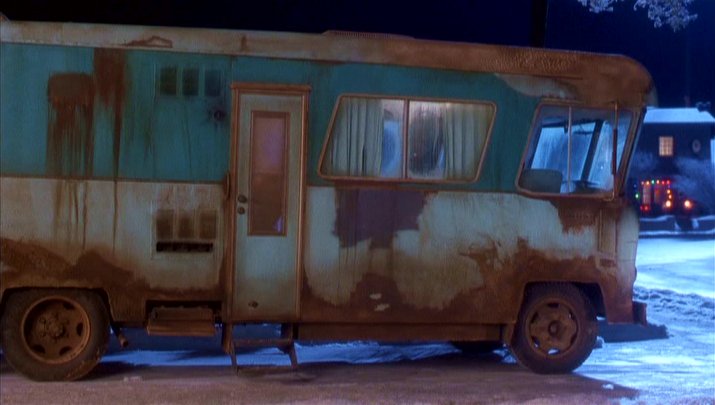AllenTC2
May 20, 2017Explorer
What constitutes an "entry level" Class A?
So I've been researching, reading about, and even seeing first-hand various Class A RVs.
I was told to specifically check out Newmar, Tiffin, and Winnebago as they were better quality than the Thor models that got me thinking about RVing in the first place. But I came across a post regarding Newmar's Bay Star Sport that surprised me. It was an older post, can't recall if it was on here or iRV2, but the poster opined that all "entry-level" Class As had the same "cheap" materials.
That kind of surprised me. The Tiffin I was on was a 31' Allegro, which is one of their smallest current models. It seemed anything but "cheap." Even the much less expensive Winnebago Vista seemed to be made of nice stuff.
So what constitutes an "entry-level" Class A? Price? Size?
I was told to specifically check out Newmar, Tiffin, and Winnebago as they were better quality than the Thor models that got me thinking about RVing in the first place. But I came across a post regarding Newmar's Bay Star Sport that surprised me. It was an older post, can't recall if it was on here or iRV2, but the poster opined that all "entry-level" Class As had the same "cheap" materials.
That kind of surprised me. The Tiffin I was on was a 31' Allegro, which is one of their smallest current models. It seemed anything but "cheap." Even the much less expensive Winnebago Vista seemed to be made of nice stuff.
So what constitutes an "entry-level" Class A? Price? Size?
